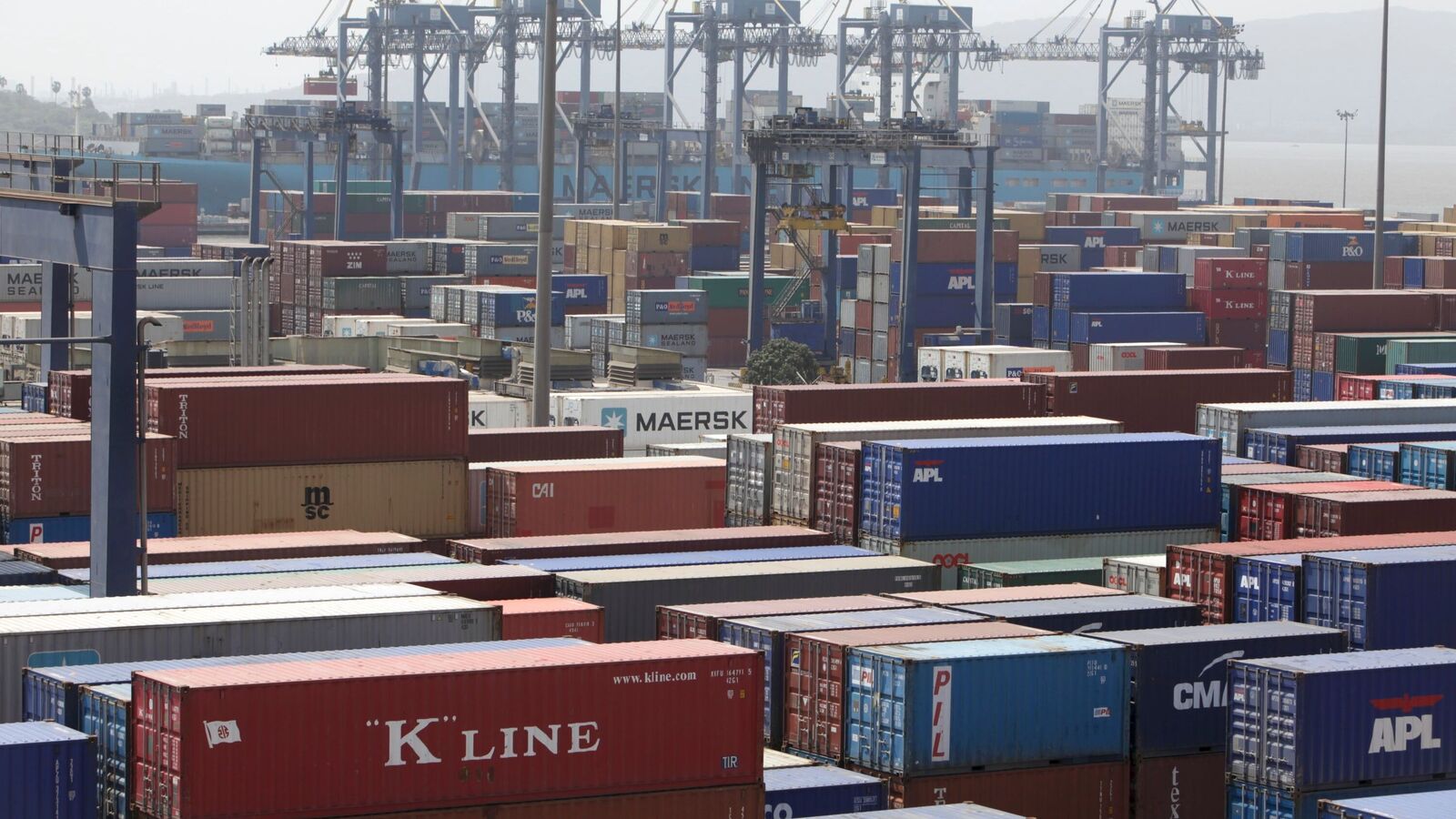New Delhi: India’s exports to Nepal recorded one of the steepest declines among its major trading partners in September, as youth-led protests and a political transition in the Himalayan nation disrupted cross-border trade. Shipments to Nepal fell 16.6% year-on-year to $516.62 million, even as exports to other key markets such as Spain, China and Brazil rose, reflecting India’s ongoing push to diversify its trade base. The sharp drop underscores how political unrest in Kathmandu can quickly shake one of New Delhi’s closest economic relationships. The turmoil has brought logistics to a standstill and hit India’s exports of key goods – from petroleum and steel to pharmaceuticals and food items – highlighting the fragility of India’s overland export routes. Other top export commodities hit include plastic raw materials, two- and three-wheelers, machinery, engineering goods and food items. India’s exports to Nepal last fell in June, down about 4% year-on-year to $593.81 million. During April-September, India’s exports to Nepal were $3.66 billion, up 1.9% from a year ago. India is an important trading partner for Nepal, and it has a significant trade surplus. In fiscal year 2025 (FY25), India exported goods worth $7.32 billion to the neighboring country, while imports stood at $1.2 billion. In FY24, exports stood at $7 billion while imports totaled $831 million. Indian goods reach Nepal almost entirely by road, as the landlocked Himalayan nation lacks seaports. The road routes were disrupted during the violence amid protests and the subsequent change of government in September. Nepal has been plunged into turmoil following massive youth-led protests against corruption, nepotism and unemployment. Prime Minister KP Sharma Oli and Home Minister Ramesh Lekhak were forced to resign, and former jurist Sushila Karki was named the new prime minister. The unrest erupted after the government banned 26 social media platforms, including Facebook, X and YouTube, sparking accusations of censorship. Protests turned violent in Kathmandu, leaving many dead and injured as security forces opened fire. “In September, India’s exports to Nepal were affected by domestic instability within Nepal. The recent disruptions created uncertainty, prompting Indian manufacturers to temporarily suspend shipments,” said Sankalp Gurjar, assistant professor (geopolitics and geoeconomics) at Gokhale Institute of Politics and Economics, adding that the drop in exports was a mix of reflected geopolitical factors and Nepal’s internal factors. instability rather than any fundamental shift in trading patterns. “There is some concern that China may try to encroach on India’s trade position in Nepal. However, geography and market dynamics limit this risk,” Gurjar added. “While China may supply strategic or niche goods, Indian exports of general products are likely to remain dominant, supported by long-standing historical, political and cultural ties.” There was no response from a commerce ministry spokesperson to Mint’s email queries till press time. Elsewhere, India expands markets In sharp contrast, India’s exports to several major and emerging economies posted strong double-digit growth during September, reflecting New Delhi’s strategy to expand its trade footprint beyond traditional partners. Shipments to Spain rose 150.8% to $987.7 million, the sharpest increase among India’s top 20 export destinations, driven by higher demand for petroleum products, textiles, iron and steel and telecommunications equipment. Exports to Brazil rose 25.8% to $749.9 million, while those to China rose 34.2% to nearly $1.5 billion, driven by stronger orders for ore, chemicals and intermediate goods. The sharp recovery in China-bound shipments came despite the broader global slowdown and ongoing trade frictions in major economies. India’s exports to Germany, Italy and the UK also rose in September, reflecting resilience in demand for the country’s engineering goods, pharmaceuticals and apparel despite continued global headwinds. India’s exporters are navigating shifting global trade dynamics, including tough tariff measures by the US on several categories of goods. The full impact of those charges began to play out in September, prompting Indian exporters to seek alternative markets and diversify their product base. In August, US President Donald Trump announced an additional 25% tariff on Indian goods, citing New Delhi’s oil purchases from Russia, taking the total levies on Indian exports to 50% from August 27. The US has demanded an end to energy purchases from Russia, claiming the trade has given Russia financial muscle in its war against Ukraine. India’s merchandise exports held firm in September, rising 6.7% year-on-year to $36.38 billion, even as shipments to the US fell nearly 12%. However, the country’s trade deficit widened to a 13-month high of $32.15 billion in September from $26.49 billion in August, as imports rose about 11% sequentially to $68.53 billion mainly due to rising global prices of gold and silver.
India’s exports to Nepal fell in September amid political unrest; Spain, China, Brazil are seeing an upswing
